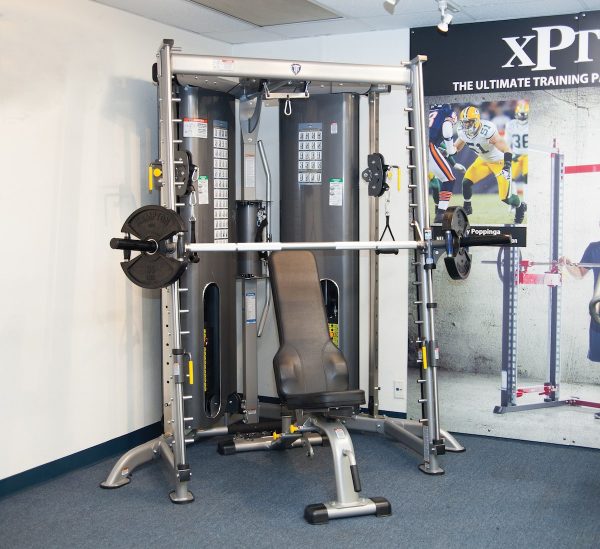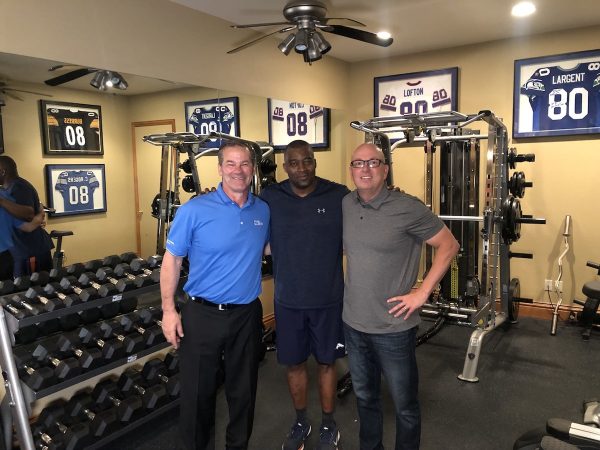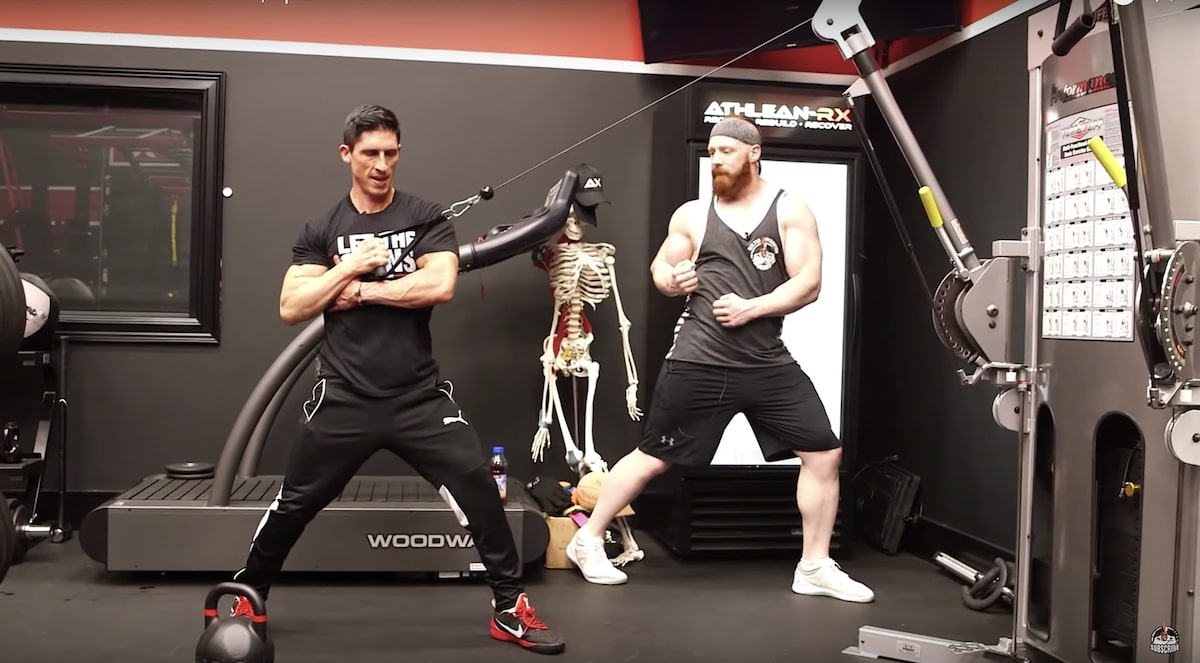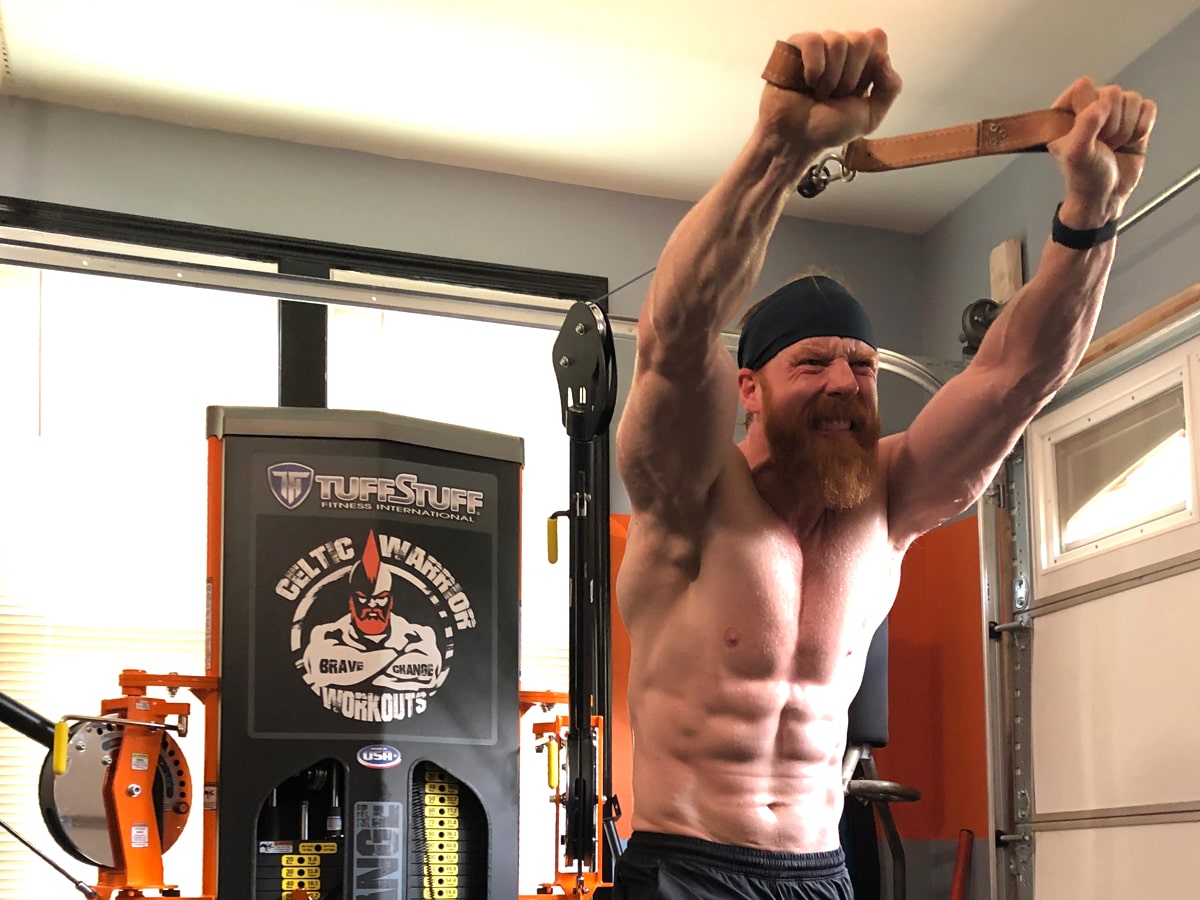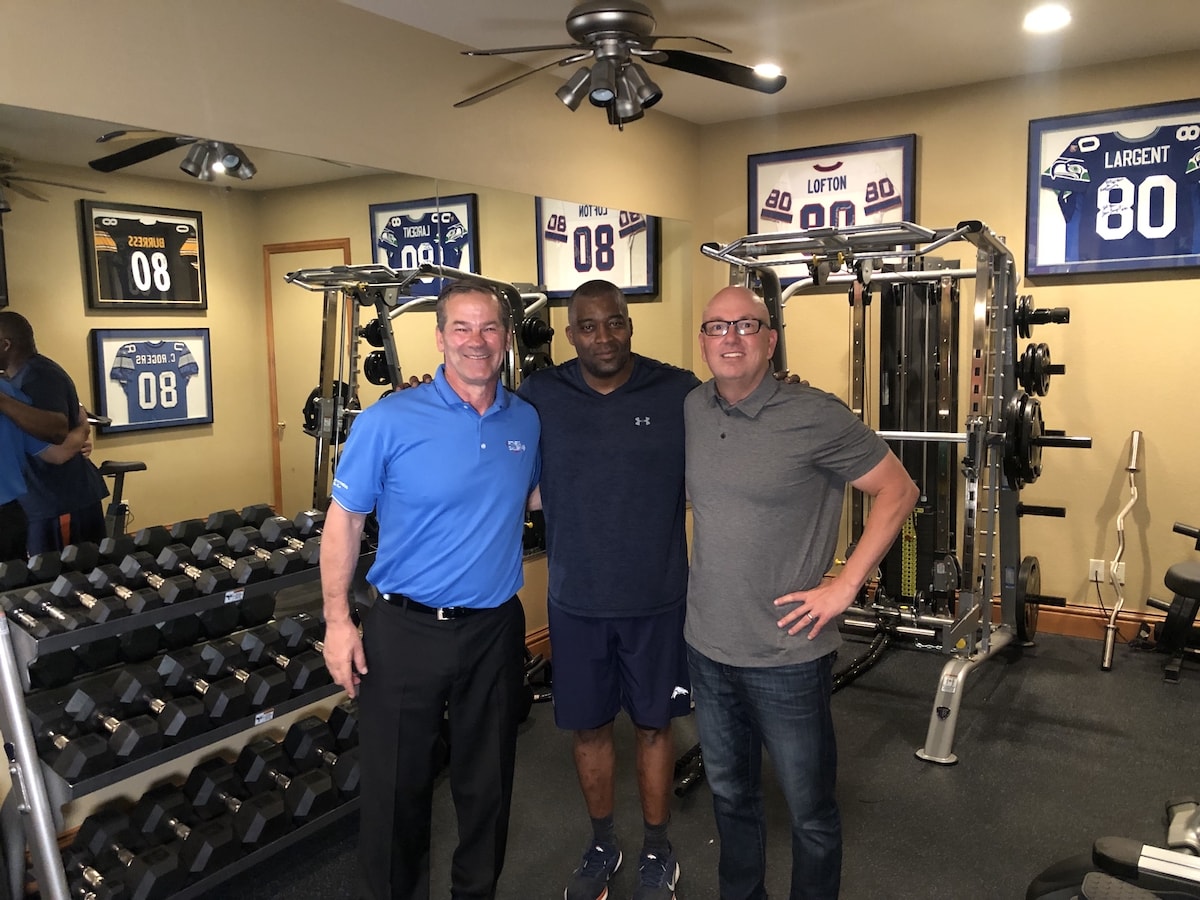
Cardio or Strength Training, Which Comes First?
Assuming you have limited time and want to get a full body workout, should you perform cardio or strength training first? It’s a simple question, with no clear answer.
Experts are split on the issue. Many reject the idea entirely, and believe cardio and strength training should never be performed in the same session at all. But thanks to busy schedules and time constraints, combining cardio and strength training is a necessity for some. So which comes first? If you ask ASU trained Fitness Director Chase Rohlfs, he will encourage you to ask a different question altogether.
“Asking which comes first is the wrong question, ask ‘What are my fitness goals?’ and then design a workout to help you achieve them. Every person has unique genetics and fitness goals (add muscle mass, get toned, lose weight, etc.). So there is no one size fits all workout, or concrete rule that cardiovascular training should take place prior to strength training. Ultimately, the types and sequence of exercises you perform should be dictated by your goals.”
What’s Your Fitness Goal?
Are you aiming to reduce body fat and lose weight? Are you training for a race? Or are you trying to develop muscle mass? Depending on your fitness objectives, your optimal workout will change. Unfortunately, there is no single perfect workout for each goal. However, research studies provide a framework for how to best answer the question: “Cardio or strength training, which comes first?”
Fitness Goal: Lose Weight
If your goal is to lose weight, you will most likely want to perform cardiovascular exercise before lifting weights. The American Council on Exercise and researchers at Western State Colorado University examined this topic in Sequencing Exercise for Optimum Results. The study included 24 healthy men and women between 18 and 39 years old. Participants performed baseline testing, then were asked to perform 24 supervised exercise sessions in specific sequences. The results of the ACE-sponsored study were definitive: “to maximize the benefit of an individual workout, the exerciser should first perform cardiorespiratory exercise, then complete the resistance-training component.”
 The study found that cardio should be performed first if your goal is weight loss. When participants performed cardio later in the workout, their mean heart rate increased 12 beats per minute (bpm). Everyone knows that cardio exercise is designed to get the heart rate up. However, the 12-bpm difference often moved the exerciser up into a vigorous-intensity range. If you are trying to lose weight, you should strive to keep your heart rate in the “fat-burning zone“. The fat-burning zone is approximately 60-70% of your maximum heart rate. In the fat-burning zone, your body taps into fat stores for energy instead of using basic sugars and carbohydrates. This results in fat loss.
The study found that cardio should be performed first if your goal is weight loss. When participants performed cardio later in the workout, their mean heart rate increased 12 beats per minute (bpm). Everyone knows that cardio exercise is designed to get the heart rate up. However, the 12-bpm difference often moved the exerciser up into a vigorous-intensity range. If you are trying to lose weight, you should strive to keep your heart rate in the “fat-burning zone“. The fat-burning zone is approximately 60-70% of your maximum heart rate. In the fat-burning zone, your body taps into fat stores for energy instead of using basic sugars and carbohydrates. This results in fat loss.
Fitness Goal: Train for a Race
Training for a race? Whether you’re cycling, running, or planning for a triathlon, cardio exercise should come first. By focusing on aerobic exercise, you will get the maximum performance from your muscles in the area where they need it most. Strength training should be secondary, performed after your cardio workout, or on rest days.
Aerobic exercise is any type of cardiovascular conditioning. By definition, aerobic exercise means “with oxygen.” Your breathing and heart rate will increase during these activities, and as as result your heart, lungs, and circulatory system benefit.
Fitness Goal: Build Muscle, Bulk Up
 On the other hand, if your goal is to build muscle mass, you will most likely want to split your cardio and weightlifting routines between different days. In doing so, you’ll be able to give it your all throughout both sessions.
On the other hand, if your goal is to build muscle mass, you will most likely want to split your cardio and weightlifting routines between different days. In doing so, you’ll be able to give it your all throughout both sessions.
In a recent study, French researchers sought to determine whether the duration of recovery between strength and aerobic sequences influences responses to a concurrent training program. The study concluded that fitness coaches should avoid scheduling 2 contradictory qualities (like running and weight lifting) with less than a 6-hour recovery period between them to obtain full adaptive responses to each workout.
If you are unable to split cardio and strength training into separate workouts, start with weights. By beginning your workout with weight training, you will have more energy to push yourself to build muscle.
Setting a Routine
To create the most effective workout, make sure your fitness goals are defined and measurable. Your exercise routine should follow your goals. Goals can be performance-oriented (i.e. bench press 225 lbs. three times), weight related (i.e. lose 20 pounds of body fat), or more general (i.e. have more endurance, run three miles). If you have cardio-focused goals — lose body fat — you want to be able to give that aspect of your training your all. For this reason, you routine will most likely include cardio exercise before weight lifting.
When you are consistent with your training, you will see better results. Create a routine that works for you, and adapt it as necessary. Then watch those incredible gains you have been hoping for start to show up in your body and your performance.
Ultimately, there is no single answer to whether cardio or strength training should come first. To maximize your workout, perform the exercise that is most important to your goals first, when you are not fatigued. Need more help reaching your goals? Contact us or a TuffStuff Dealer to learn more about our strength equipment and start training from the convenience of your home today.


